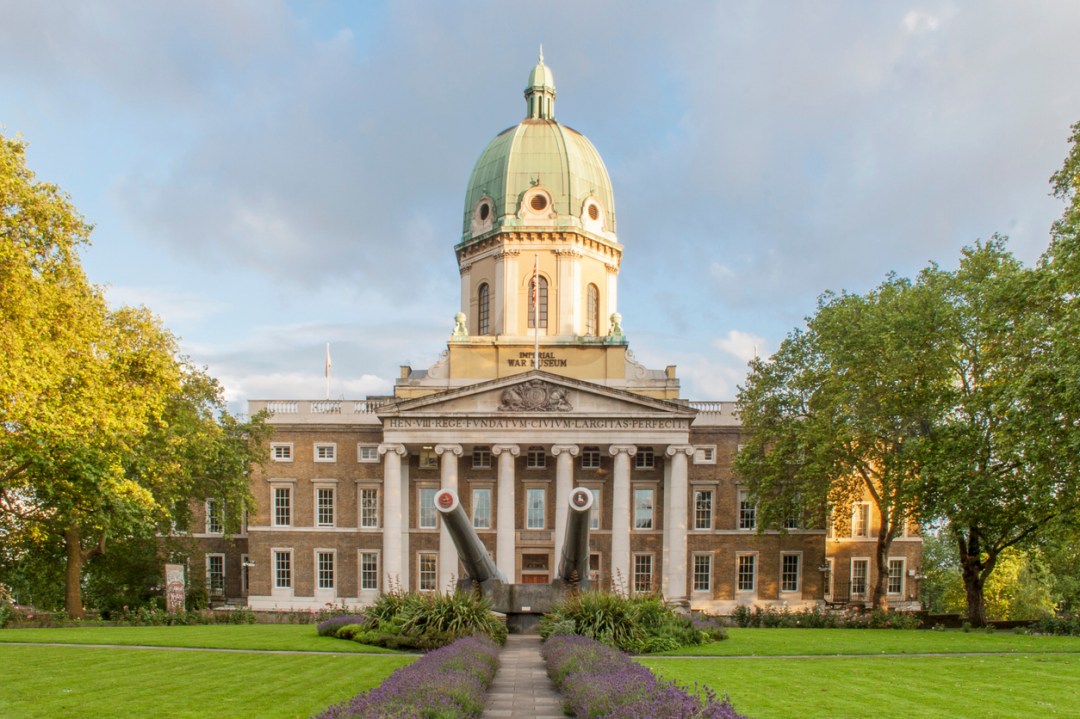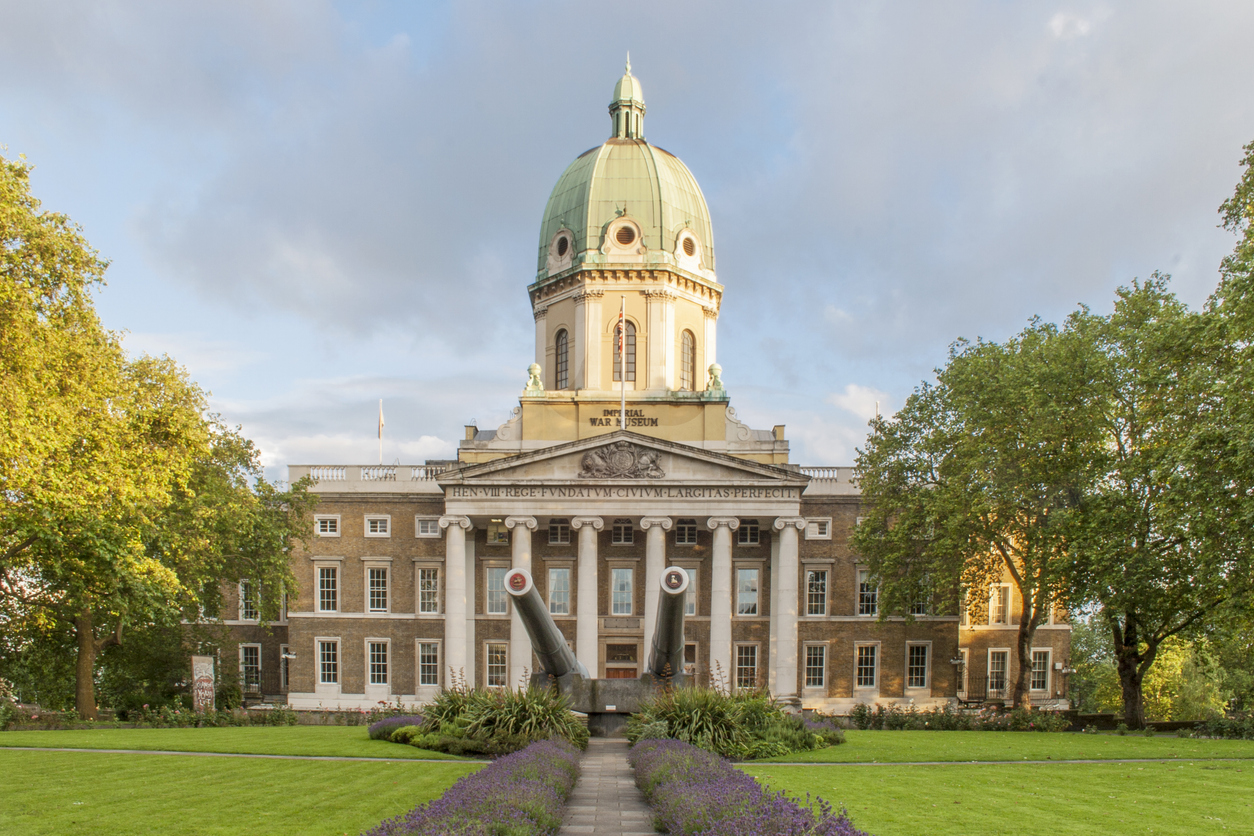The news that the Imperial War Museum is closing Lord Ashcroft’s Victoria Cross and George Cross gallery is sadly not a great surprise. It’s the latest act in the ‘wokeification’ of this once outstanding museum.
Writing in the Daily Telegraph last week, Lord Ashcroft said that the IWM didn’t even have the ‘courtesy to inform’ him of the closure. Rather, it issued a statement in which it thanked him for his generous 15-year loan but said the exhibition will shut permanently on 1 June. The reason, explained the IWM, is to create new space ‘to allow us to share more stories of conflicts that are within many of our visitors’ living memory’.
Lord Ashcroft fears that the closure of the VC and GC exhibition will leave the medals gathering dust in vaults away from the public eye. Instead of learning about the heroism and sacrifice of men and women such as Violette Szabo, the secret agent who was executed at Ravensbrück, and Noel Chavasse, one of only three men to have been awarded a VC and bar, visitors to the IWM will instead be treated to ‘Unsilenced: Sexual Violence in Conflict’. This exhibition will explore ‘the contexts in which sexual violence occurs in conflict, exploring how propaganda shapes perceptions of gender and power to shine a light on this often-silenced issue’. It’s an important subject, but does it belong in the Imperial War Museum? Will it have tourists queuing round the corner and will it leave schoolchildren in awe?
Later this year, the IWM will launch its winter exhibition: ‘Emergency Exits: The Fight for Independence in Malaya, Kenya and Cyprus.’ To accompany the exhibition, the museum has published a podcast about the Mau Mau uprising in Kenya. ‘What happened in Britain’s detention camps?’ asks the IWM in the podcast notes. ‘What was decolonisation? And what is the legacy of the conflict today?’ It also advises listener discretion because the podcast ‘contains references to racism and sexual violence in conflict’. The main Mau Mau uprising occurred in the early 1950s. Is that within the ‘living memory’ of most museum visitors?
These two presentations are examples of what the IWM described last year as ‘embedding diversity’ in its exhibitions. Having recently consulted equality and inclusion experts, the museum has spent £100,000 to ‘reflect the diversity of our local communities and the nation as a whole’.
Like Lord Ashcroft, I’ve also experienced the discourtesy of the Imperial War Museum. As an historian of second world war special forces, I contacted the IWM several years ago on behalf of the family of a man who had served in the SAS. They wished to donate his medals – including two awarded for gallantry behind enemy lines – along with his tunic with the SAS wings sewn into the breast, and other wartime memorabilia. It was a unique collection, I explained to the museum in an email. No one ever replied. I advised the family to put the collection up for auction, which they did, and it sold for an eye-watering sum.
Having recently consulted equality and inclusion experts, the museum has spent £100,000 to ‘reflect the diversity of our local communities and the nation as a whole’
I’ve also in the past contacted the IWM to offer my services as a speaker but they don’t appear interested. Having interviewed more than 100 wartime members of British and American special forces, I’ve accumulated a fund of remarkable stories, some of which I’ve passed on to audiences at the National Army Museum. I was also the NAM consultant in 2018 for its exhibition about the history of British Special Forces. The NAM, incidentally, refuses to ‘decolonise’ its exhibitions. ‘I don’t believe we should be ashamed of any of our history,’ said director Justin Maciejewski in 2023. Nor do I.
But the IWM? Although I am unable to get my foot in the door, among those who have been welcomed to speak in recent years are David Miliband, talking about refugees, and human rights barrister Philippe Sands, who recently had a public spat with the Tory party over the Chagos Islands.
I should mention that in all the years I’ve used the research room at the IWM I’ve found the staff to be excellent. The same for the ‘boots on the ground’, the museum’s volunteers who acts as guides. Like the British police, it’s not the rank and file who are the problem in the IWM, it’s the top brass. They set the tone and issue the orders. The long march through Britain’s institutions goes on.
Twenty years ago I donated some of my audio interviews with SAS and SBS veterans to the Imperial War Museum. I wouldn’t donate them today. I would want a home that would cherish them, not one that would find them embarrassing.








Comments